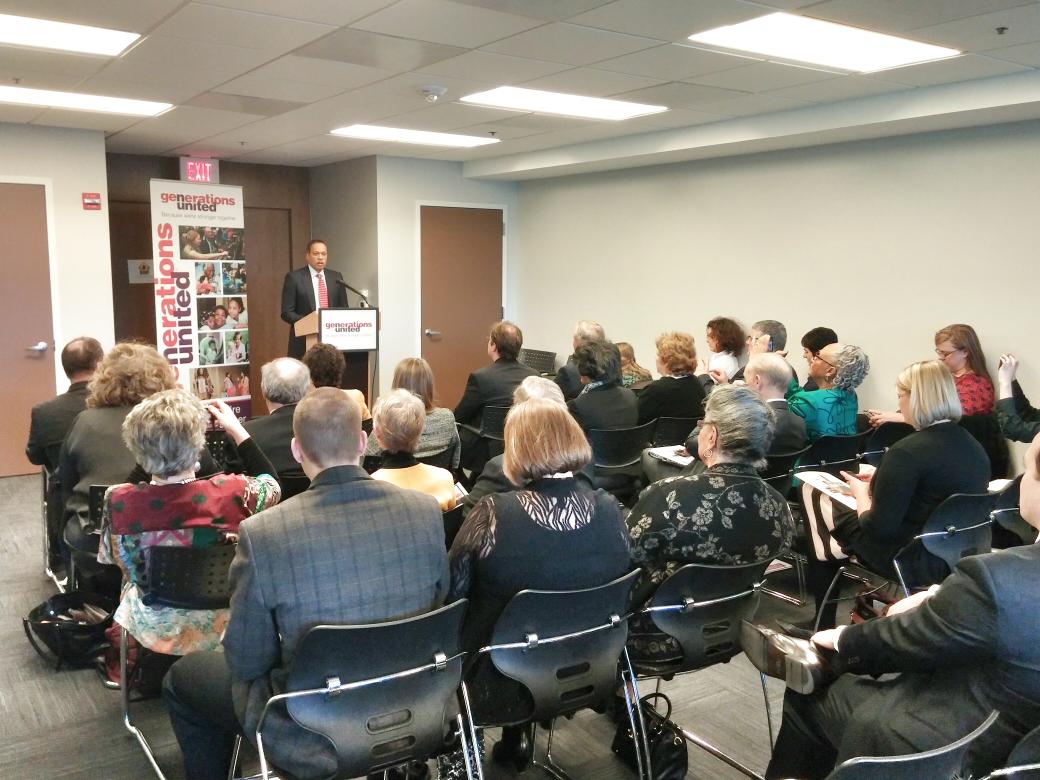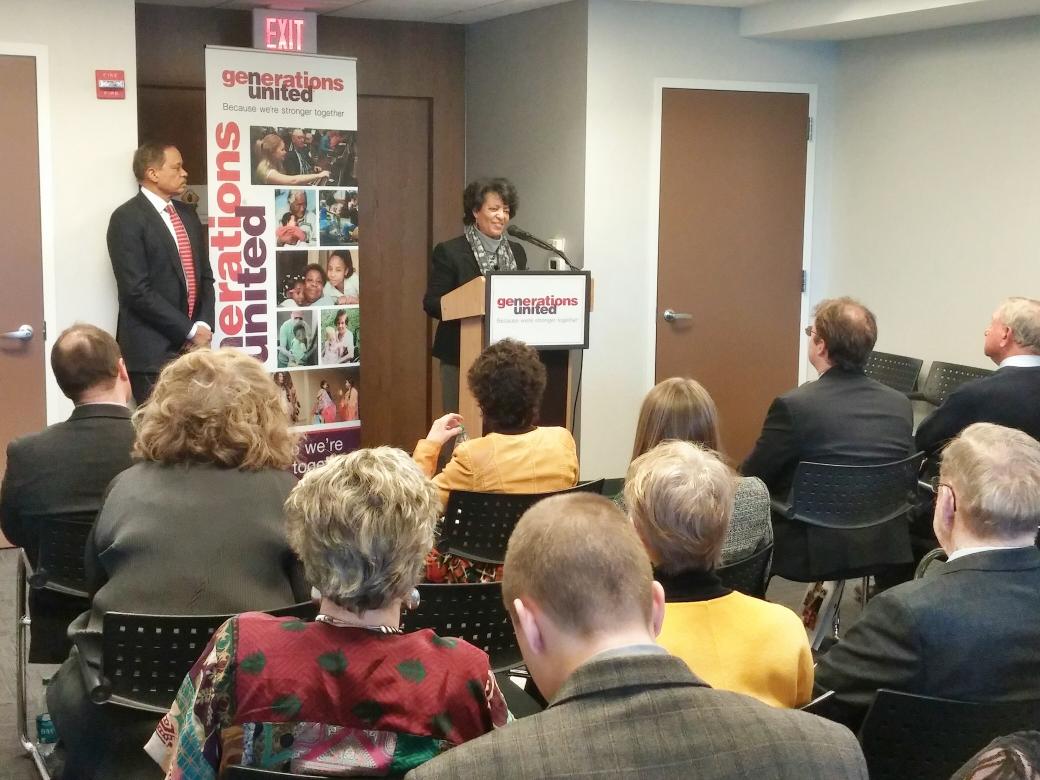 |
| Click here to view enlarged photo. |
Older persons are becoming an increasingly central demographic group in our world. To bring more attention to older persons, the United Nations is celebrating the 25th anniversary of the International Day of Older Persons (IDOP) on 1 October with the theme “sustainability and age inclusiveness in the urban environment”.
Events worldwide to celebrate older persons
Events marking the IDOP are scheduled around the world on 15 October, including a panel discussion in New York under the theme “Key components for age inclusiveness in urban environments”, a fundraising luncheon “Changing how we view older persons”, and another in Geneva, Switzerland titled “How to get to 100 and enjoy it!”.
“The steady increase in human longevity represents one of the greatest transformations and challenges of our time” Ban Ki-moon UN Secretary-General
The objectives of this year’s celebration are to draw attention to building age-inclusive cities in policy and technique scale, engaging older persons’ participation in city planning, building partnerships between government and the private sector to provide affordable and appropriate housing and transportation, as well as increasing inter-generational support for the social, economic and cultural arenas.
Keeping up with changing demographic trends
“The steady increase in human longevity represents one of the greatest transformations and challenges of our time. However, failure to keep pace with changing demographic trends will make it difficult to achieve a sustainable, secure and fulfilling future for people of all ages,” UN Secretary-General Ban Ki-moon stressed during the celebrations of the day last year. He pointed out that to realize sustainable development, older persons are a vital factor that should be taken into account.
The challenges caused by older persons residing in urban areas stand out, due to the fact that the move of older people to cities is occurring at higher frequency and on a larger scale. Six out of every 10 people in the world are expected to reside in urban areas by 2030. Consistent with urbanization trends, the number of older persons is increasing most rapidly in urban areas in developing countries.
This means that the number of people over 60 living in cities may grow to over 900 million by 2015, making up a quarter of the total urban population in developing countries. Based on these facts, the impact of the new urban environment on older persons, as well as the impact of older persons on the new urban environment, takes centre stage at this year’s event.
“In this effort, we must address shifting demographics, especially the needs and concerns of the world’s increasing number of older persons,” Ban Ki-moon said.
Strengthening human rights protection
In recent decades, the UN has made efforts within various areas affecting older persons’ lives, including strengthening their human rights protection, promoting a society for all, realizing longevity and reducing aging pressures occurring in social settings. This year, the commemoration seeks to demonstrate that an age-inclusive agenda is crucial for sustainable urban environments to promote equity, welfare and shared property for all.
Along with the IDOP celebration, the World Population Ageing Report 2015: Highlights is expected to be launched in October. The report will further illustrate the global trends in population ageing and include a series of indicators of the ageing process by development regions, major areas, regions and countries.











.JPG)


.JPG)





